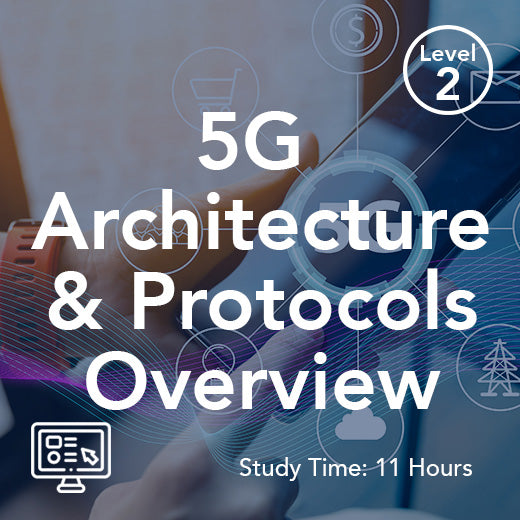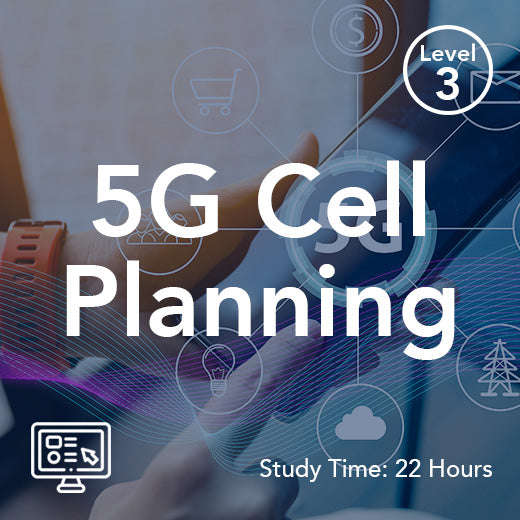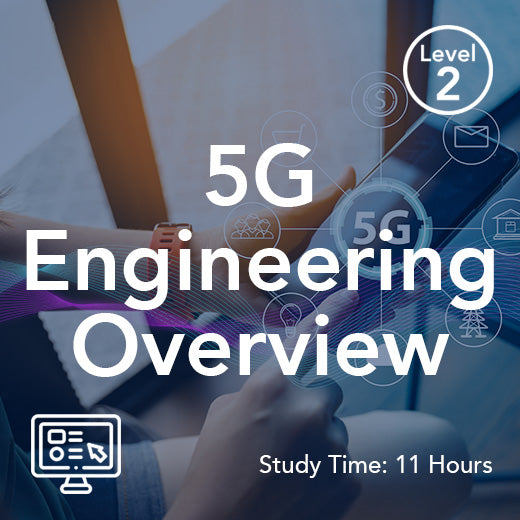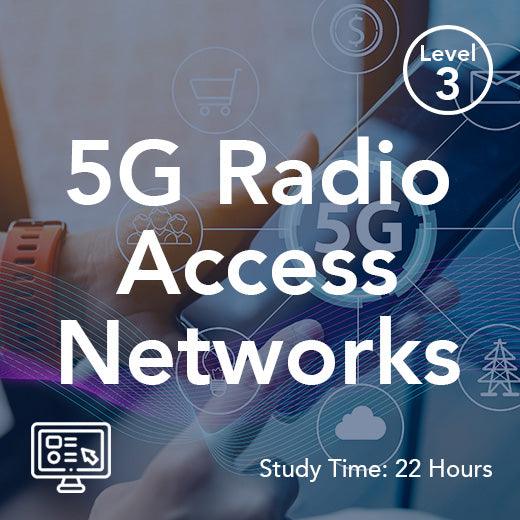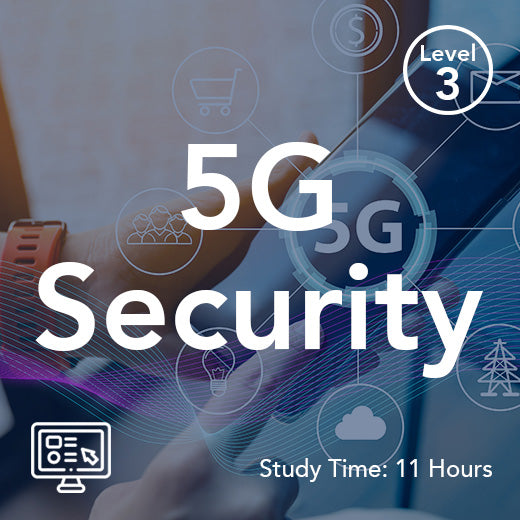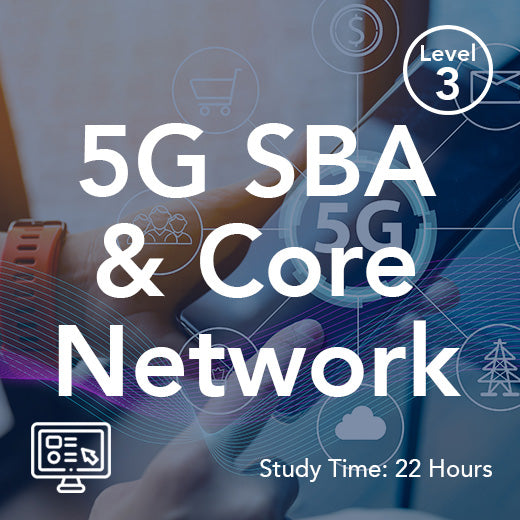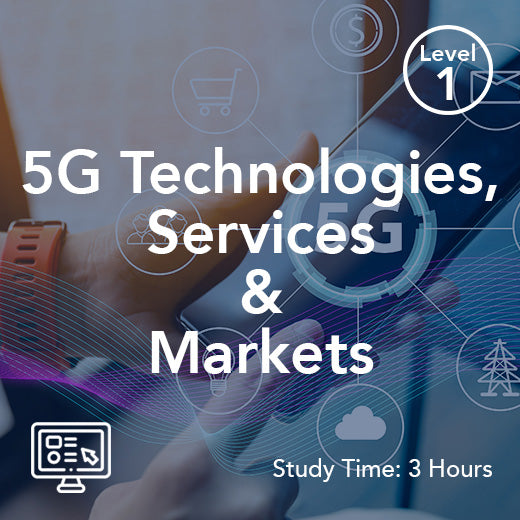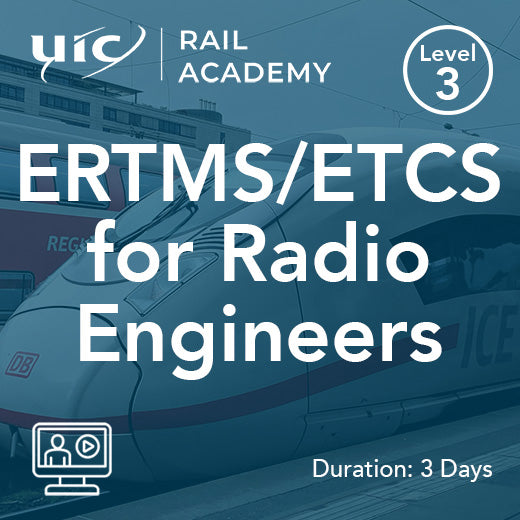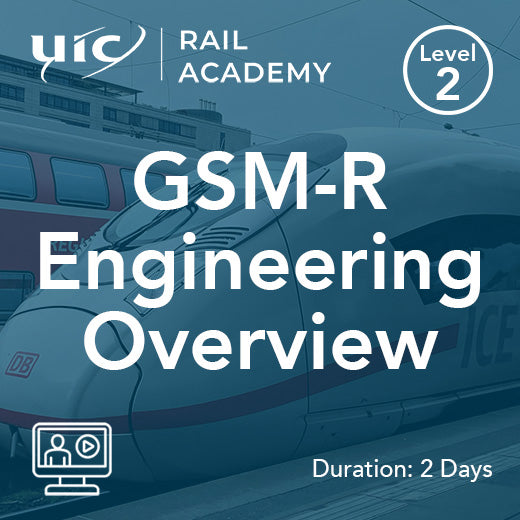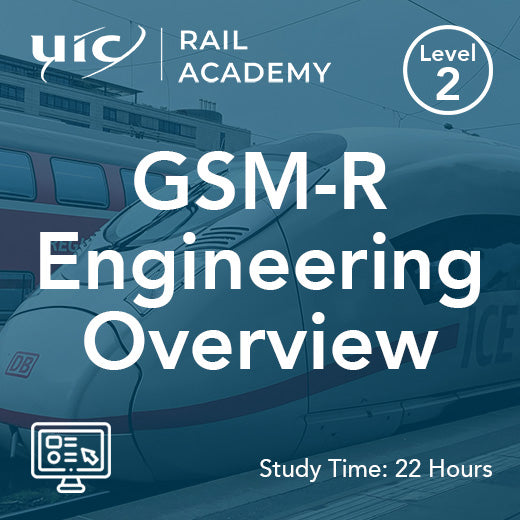The Developing Telecoms Strategy and Business explores the key areas for business success, bringing the concepts together within a comprehensive team-based business simulation that runs throughout the programme - allowing the ideas to be developed and applied to a realistic and challenging simulated environment.
The programme delivers comprehensive training for mid-senior managers, directors, specialists, consultants and identified talent working within the telecommunications, connected innovation, and adjacent industries.
This programme has been assured by ILM. Assured status provides validation and recognition for the learner. It is a symbol of learning excellence and quality and is a reassurance that the training undertaken meets best practice standards.
Focused Modules:
Industry, Business & Tech Insight
Telecoms Technology
Evaluating & Optimising Business Models
Controlling the Finances
Leading, Developing & Supporting Effective People
Creating & Communicating Compelling Customer Propositions
Maintaining Effective Governance
Optimising & Transformation (incl. Platforms & Processes)
Who should attend?
The programme is ideal for those in a telecoms-related management, leadership, or consultancy position within:
Corporate organisations , working to ...
grow and develop new and existing departments or divisions
align departments or divisions to corporate strategy and vision
Growing businesses that are making the transition to a sustainable long-term proposition
Start-up departments
Successfully complete the Developing Telecoms Strategy & Business to:
Rapidly enhance your knowledge and competencies in the key areas of telecoms business.
Establish a Blueprint for effectively leading your business or team.
Implement all key aspects of the blueprint consistently and coherently.
Develop more effective strategies, key performance enablers, and business models.
Focus on maximising value creation for your organisation and your customers.
Develop a solid understanding of telecoms technology and deployment options and how this impacts the business.
Break those silo barriers.
Better lead, support, and enhance the performance of your people.
Take a more active role in evolving company culture, innovation and processes.
Assess ideas and opportunities more rigorously and take a more dynamic leadership role.
About ILM
ILM is the UK's leading provider of leadership. coaching and management qualifications and training. We work with organisations in all sectors to help them define, develop and embed the leadership and management capability they need to succeed.ILM provides qualifications in leadership and management, coaching and mentoring and specialist areas such as social enterprise. We accredit 2,500 training experts to deliver our qualifications globally.
Venue: King's Building, King's College London
The King's Building, located on the Strand Campus. This historic landmark and stunning architectural masterpiece is a hub for innovation, learning, and cultural exchange.
King's Building offers a unique blend of rich history and modernity, making it the perfect place for professional development and thought leadership.
"The best classes I’ve attended focusing on Telco industry, very insightful and spot-on" CSC“Trainers were excellent. Really like how lively the classroom was, the class participation and energy is vibrant and positive.” CWC"Excellent training with great knowledge for the telecom industry" MS
Read more less










